Get PeakVisor App
Sign In
Search by GPS coordinates
- Latitude
- ° ' ''
- Longitude
- ° ' ''
- Units of Length

Yes
Cancel
Share ×

Scan the QR code and open PeakVisor on your phone
❤ Wishlist ×
Choose
Delete
The Belianske Tatras (Slovak: Belianske Tatry), a distinct and remote subrange of the Tatra Mountains in Slovakia, are renowned for their pristine nature and karst landscapes. Unlike the neighboring High Tatras, the Belianske Tatras are primarily composed of limestone and dolomite. Millions of years of erosion of these relatively soft rock strata have shaped the region's characteristic rugged cliffs, deep gorges, and numerous caves. Although the peaks are less striking, the Belianske Tatras are far less frequented than the High Tatras, making them a better choice for those seeking solitude. Notably, the park is highly regulated and restricted to visitors. There are 27 named mountains in Belianske Tatry. The highest and the most prominent mountain is Havran (2,152 m / 7,060 ft).
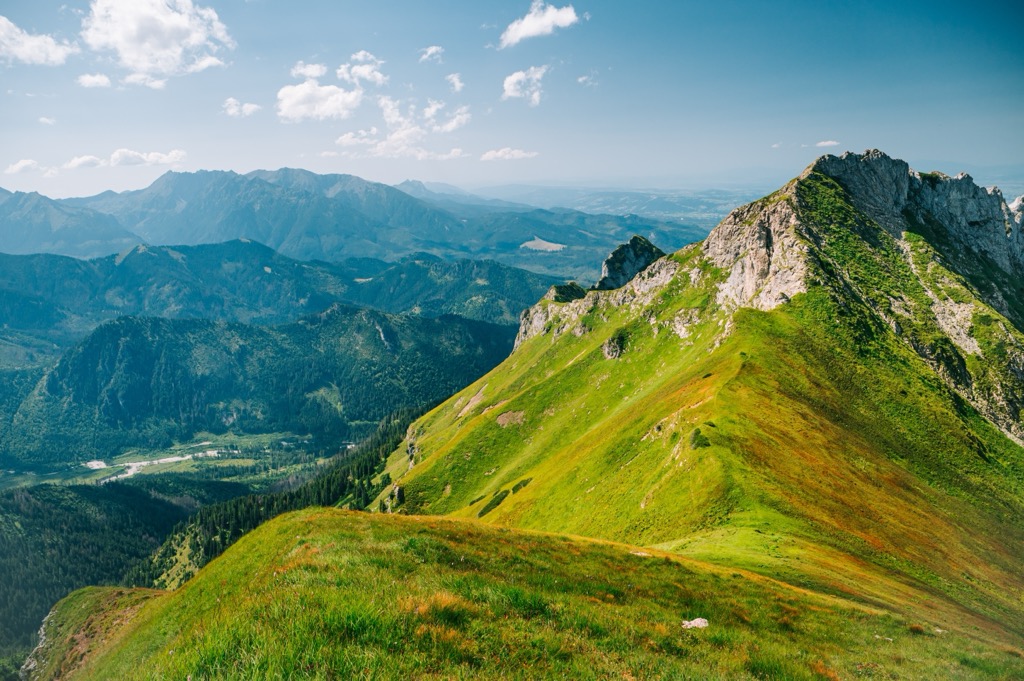
The Belianske Tatras are a mountain range located in the Eastern Tatras of North Central Slovakia. Slokavia’s Tatra National Park encompasses the entire protected area. The Belianske Tatras are part of the larger Tatra Mountains and, in turn, part of the western Carpathians. They’re named after the town of Spišská Belá, which controlled the central and eastern parts of the range until 1947. More recently, the term White Tatras has become common, likely due to the light-colored rock.
The Belianske Tatras feature a 14 km (8.7 mi) long main ridge stretching from Tatranská Javorina in the northwest to Tatranská Kotlina in the southeast. The mountain range spans 64 sq. km (24.7 sq. mi) and is bordered by the Podtatra Basin to the northwest, Spišská Magura range to the northeast, Podtatranská Kotlina Valley to the east, and High Tatras to the south and southwest.
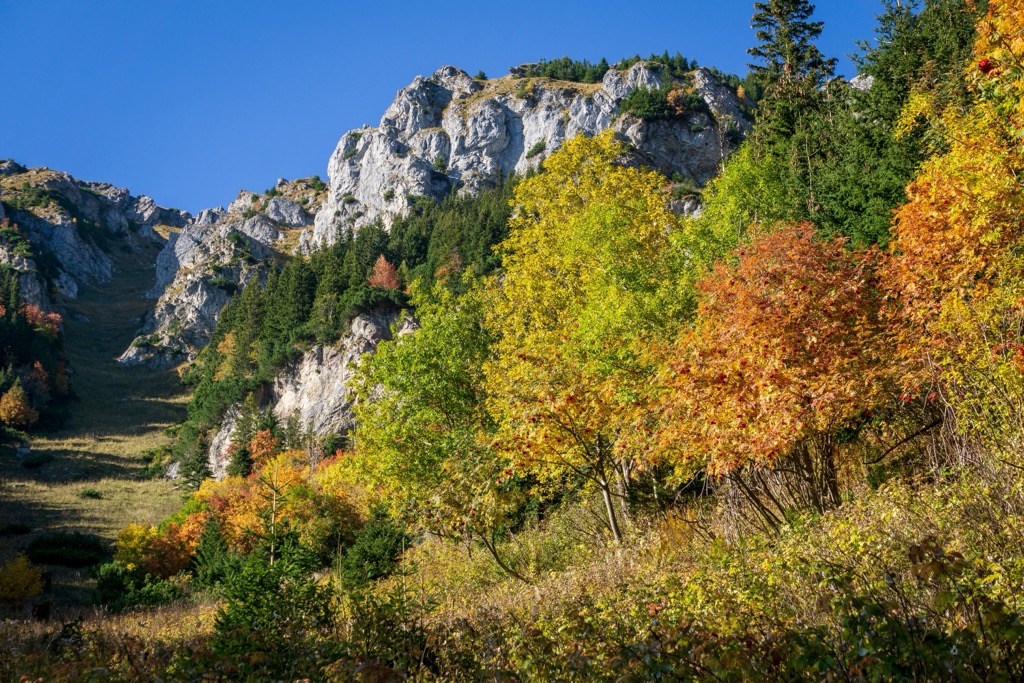
The Kopské sedlo (1,750 m / 5,741 feet) and Sedlo pod Príslopom (1,077 m / 3,533 feet) are passes providing access to the High Tatras. The Belianske Tatras are the easternmost part of the Tatra range.
The range's highest point is Havran (2,152 m / 7,060 feet), while the most striking peak is perhaps Havran’s twin, Ždiarska vidla / Placliva skala (2,148 m / 7,047 feet). The range is protected to preserve chamois and rare mountain flora, and similarly to the High Tatras, there are various restrictions on hiking and climbing.
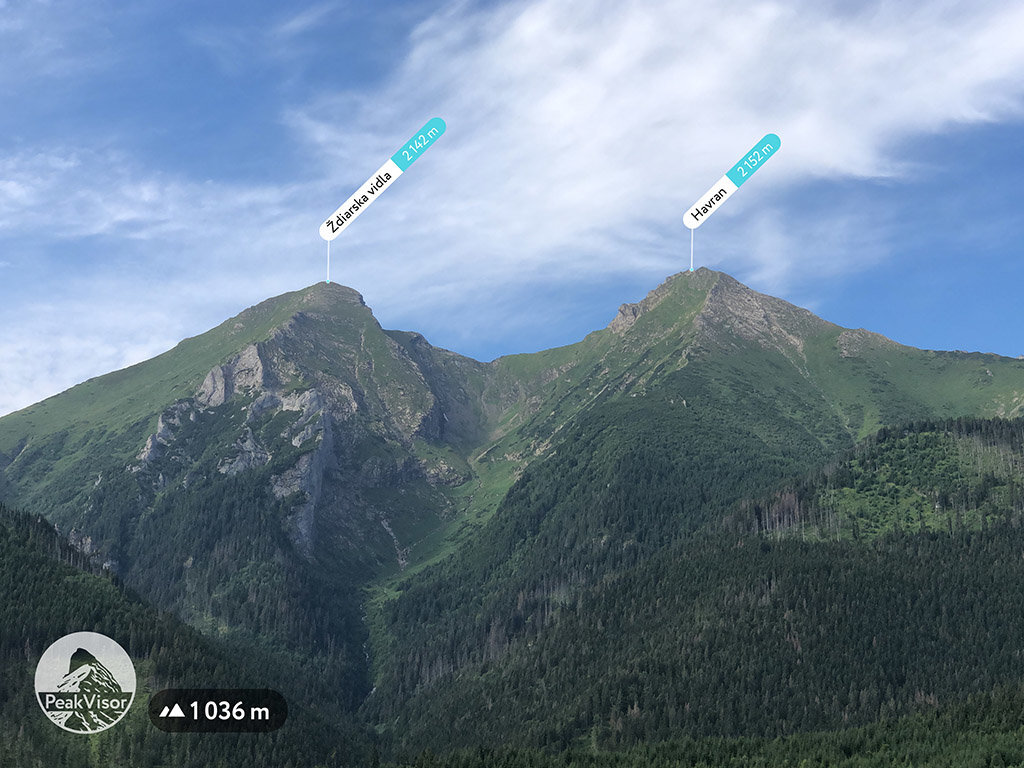
The Belianske Tatras comprise limestones, dolomites, and clay slates. The Tatras are part of the Carpathian mountain system and stretch from Sucha Dolina to the Tatranská Basin, running east to west. Although slightly lower than the High Tatras, the Belianske Tatras stand out because valleys and depressions surround them. The High Tatras are mainly composed of granodiorite, while the Belianske Tatras are dominated by various types of Mesozoic limestone, making them the highest limestone mountains in Slovakia.
The main ridge features limestone and dolomite mountains with distinctive karst formations; Belianska Cave is one of the few publicly accessible caves. The main ridge runs west to east, dropping steeply to the south and branching into shorter, forested ridges to the north. The range’s northern side has deep valleys created by river flows, with rapids and waterfalls. Unlike the High Tatras, glacial activity during the last ice age had little impact on the Belianske Tatras, so there are no moraines or mountain lakes here.

There are nearly 60 caves and chasms in the Belianske Tatras. Previously, Alabaster Cave near Bujačie vrch was also open to tourists until it was declared a protected natural site in 1961. It has large spaces with impressive dripstone formations, though many stalagmites were damaged by visitors before 1961. The cave was popular in past centuries, as evidenced by inscriptions dating back to 1768.
Another cave, Ľadová pivnica, has beautiful decorations in winter and spring but loses them in summer. The deepest cave in the Belianske Tatras is Tristarská jaskyňa pod Havran, which features vast halls and corridors extending about 500 meters (1,6540 ft) into the Earth.
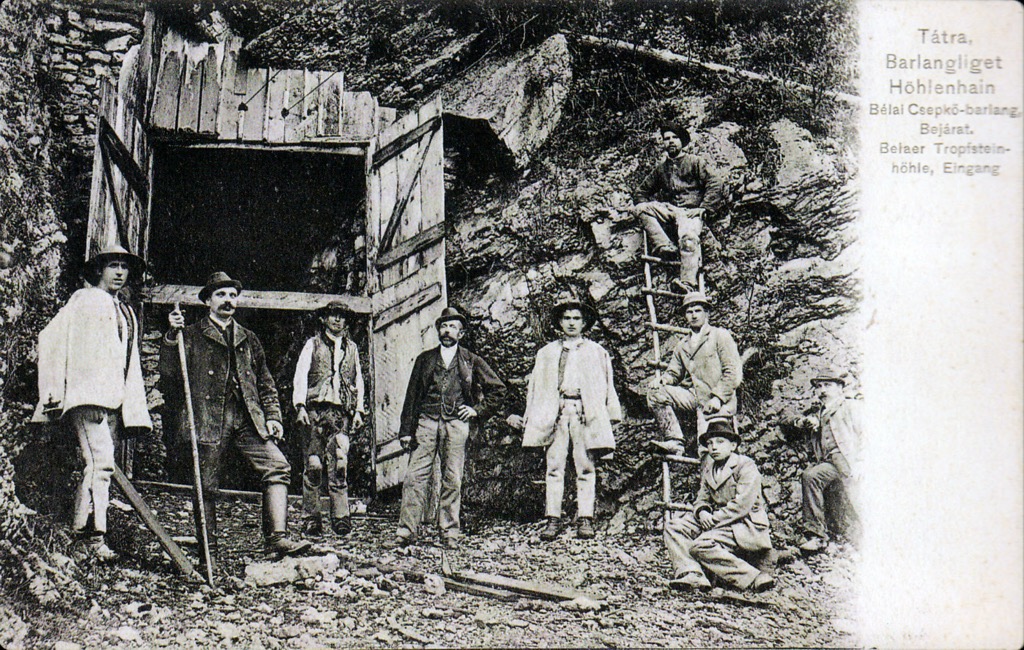
The Belianske Tatras are part of Tatra National Park and are specially protected, meaning most of the area is closed to visitors year-round; hikers are required to stay on marked trails. The nature reserve itself covers 54.08 sq. km (20.9 mi) and is home to many endemic, rare, and endangered species.
The diverse sizes, altitudes, geological features, unique climate, soil conditions, and historical factors have shaped the area's vegetation. The Tatras host 1,200 lichen species, over 720 moss species, and 1,400 vascular plant species.
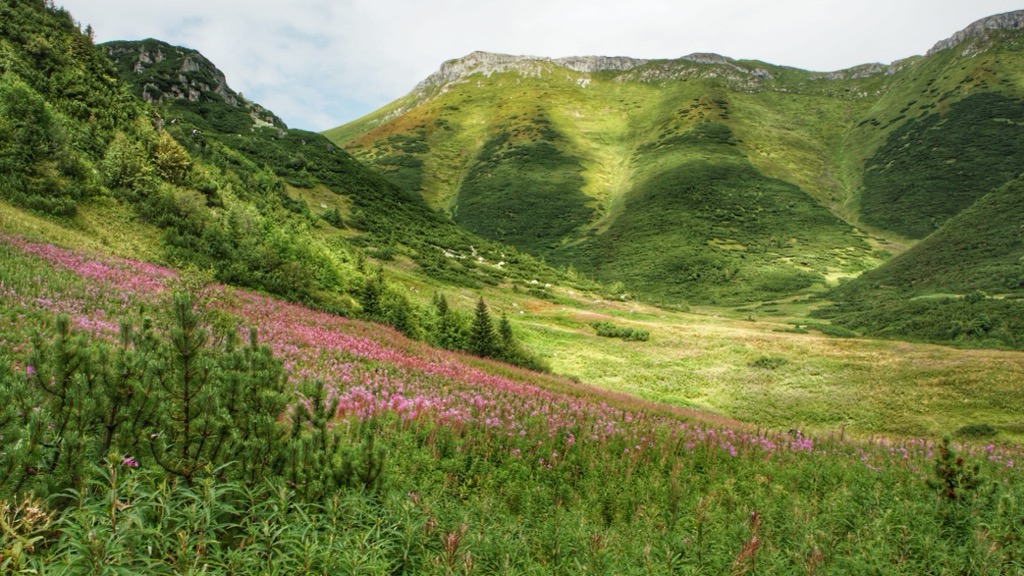
Remnants of Ice Age vegetation, like alpine bearberry, mouse sedge, and glacial sedge, can still be found here. Rare plants such as alpine grass, black sedge, and spring sedge are only found in a few spots. Edelweiss, the famous alpine flower, also grows in the range’s upper elevations. The higher mountain vegetation includes marsh and peatland communities. Many Tatra plants are displayed in the Botanical Garden in Tatranská Lomnica.
The park is home to 11 fish species, six amphibians, 102 nesting bird species, five reptiles, and 14 mammal species. Notable animals include the green treehopper, brown treehopper, northern viper, snow vole, and mountain shrew. The park is also known for its High Tatra marmots and Tatra chamois; the northern Belianske Tatras have the largest population of this chamois subspecies.
Birds include the common finch, golden eagle, screeching eagle, vulture, and golden owl. Large mammals like brown bears, lynx, and wolves also have populations in the park.
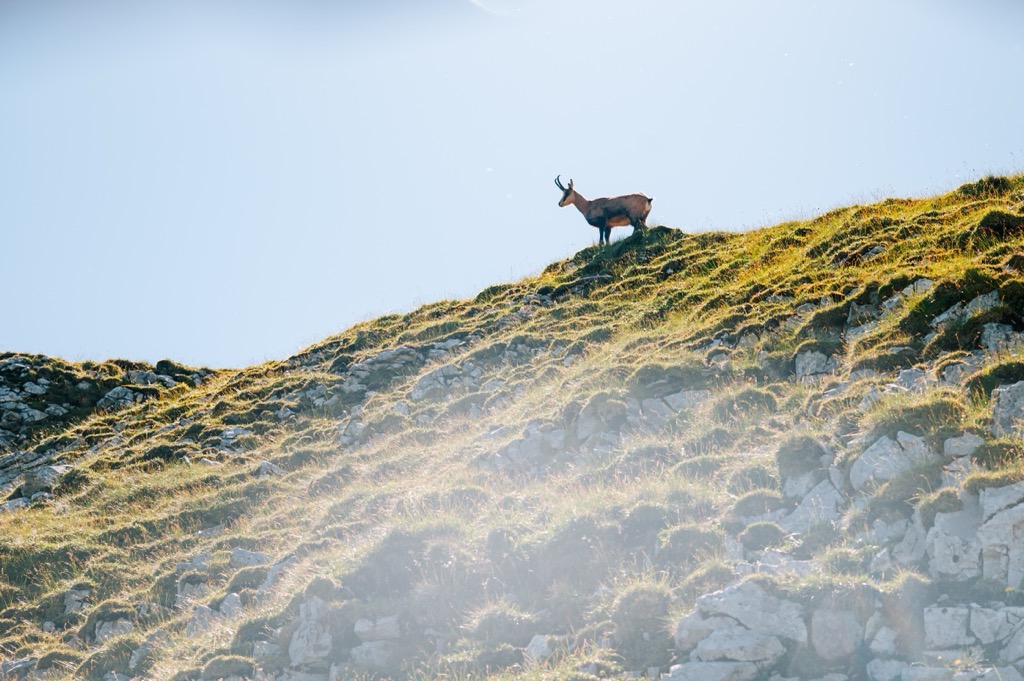
The Belianske Tatras got their name from the town of Spišská Belá, which used pastures in the central and eastern parts of the range as early as 1310. Locals would hunt chamois and marmots; records show that Janek Lysý from Tatranská Javorina admitted to killing at least 300 chamois and marmots. From 1879 to 1935, the area was part of the hunting grounds of German Prince Christian Kraft of Hohenlohe-Oehringen.
Since the seventeenth century, people from Spišská Belá produced charcoal and mined ores like copper while precious metals and gem seekers explored the caves. Botanists from the 19th and 20th centuries studied the rich flora of the Belianske Tatras.
Local place names mostly come from the Zipser German dialect, with some Polish (Goral) and Slovak origins. Hungarian names appeared during the Magyarization in the 19th and early 20th centuries.
The Belianske Tatras gained attention when the nearby High Tatras developed for tourism in the 19th century. Tourism in the Belianske Tatras grew after World War II. In 1949, the area became part of Tatra National Park.
Nowadays, the area is highly regulated to protect the natural wildlife. Only hiking trails lead through the Belianske Tatras. On July 1, 1978, the main ridge was closed to tourists, and in 1980, Monkova Dolina was also closed.
Starting at the bus stop near Kežmarské Žľaby, take the blue-marked forest trail heading north. The trail traverses spruce forests, opening up to meadows and clearings. Cross a bridge over the Čierna Voda stream and end the hike with a visit to Belianska Cave. The trail is well-maintained and gently ascending, climbing 125 m (410 ft) from the parking area.
The hike starts at the parking lot near Belianska Cave in Tatranská Kotlina. Follow the promenade path to the forest office and then take the gravel road uphill through the forest, guided by blue and green trail markers.
At the junction above the Šumivý spring, switch to the green-marked trail. Climb the winding trail through the forest on the left side of the Seven Springs Valley, known as the "Garden of the Tatras" for its rich flora. The trail leads to Chata Plesnivec; cross to the opposite slope for views of the Rock Gates. Continue climbing through the southern ridge of Bujačí vrch (1,947 m / 6,388 feet), and the next 2 km (1.6 mi) are among the most scenic in the Tatras, with striking limestone cliffs. The hike generally takes 5 hours and 30 minutes and includes an 855 m (2,805 ft) elevation gain.
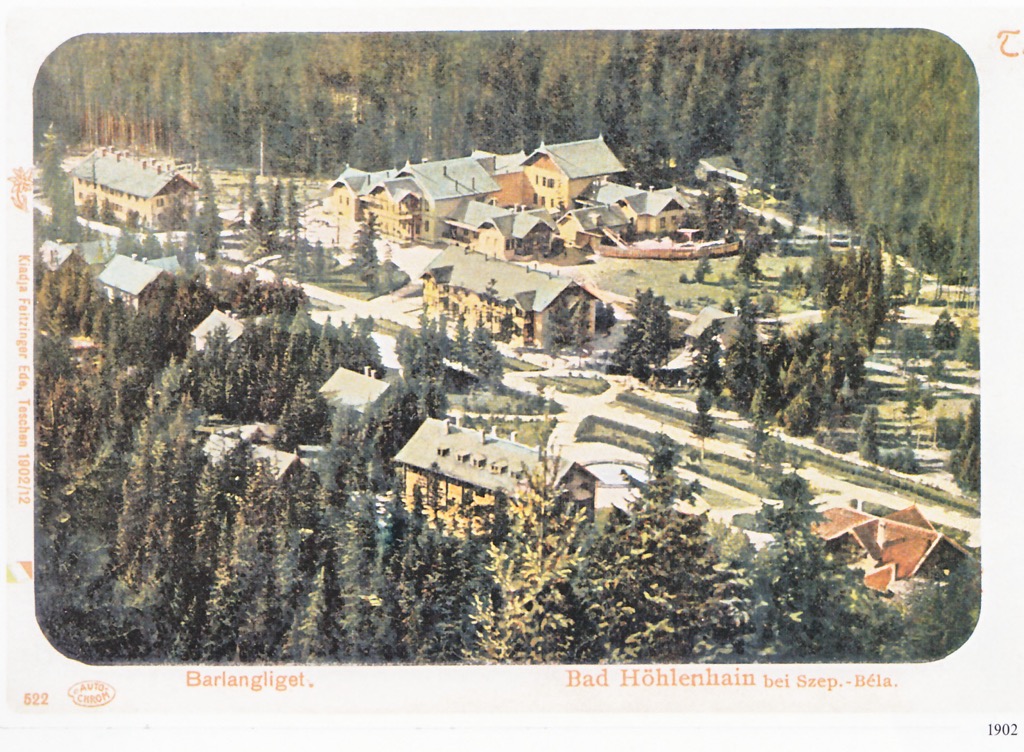
The hike starts in the heart of the traditional village of Ždiar from the Ždiarsky house and journeys to the Hotel Magura. It’s marked by green trail signs.
The meadow in front of the hotel offers stunning views of the Belianske Tatras, including Havran and Ždiarska vidla. Enter the forest and follow the path along the Biela stream to the small Strednica ski area (1,020 m / 3,346 feet). The large meadow provides another breathtaking view of the Belianske Tatras from the south. The hike takes around 2 hours and 30 minutes and involves an elevation gain of 124 m (407 feet).

Poprad (pop. 52,000) is a charming town in northern Slovakia and is the gateway to the High Tatras. Poprad's well-preserved historic center, particularly the Spiska Sobota district, features beautiful medieval architecture, including Gothic churches and Renaissance burgher houses. Poprad offers easy access to outdoor adventures in the Tatras. The town is also home to AquaCity, a thermal water park that draws visitors year-round.
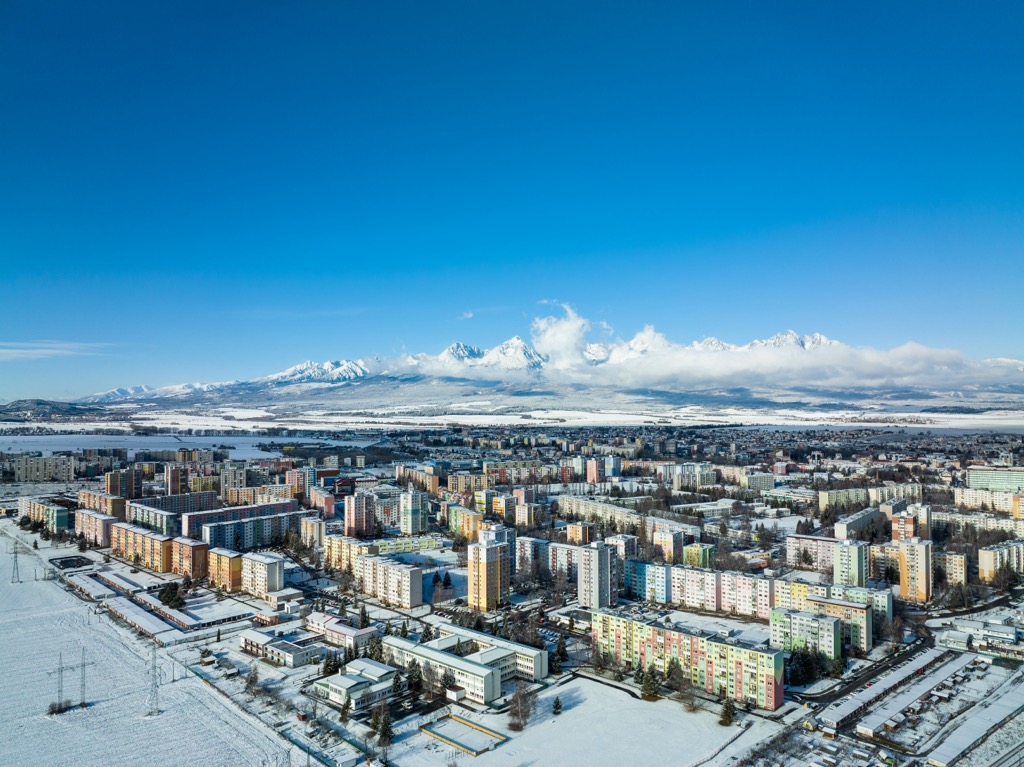
Prešov, situated in eastern Slovakia, has a population of around 90,000 and serves as a regional hub for commerce, education, and culture. The city's well-preserved historic center features stunning churches, elegant palaces, and colorful townhouses. Specifically, it’s known for the St. Nicholas Cathedral and the landmark Orthodox Synagogue. Prešov also offers access to the picturesque Šariš region and nearby national parks.
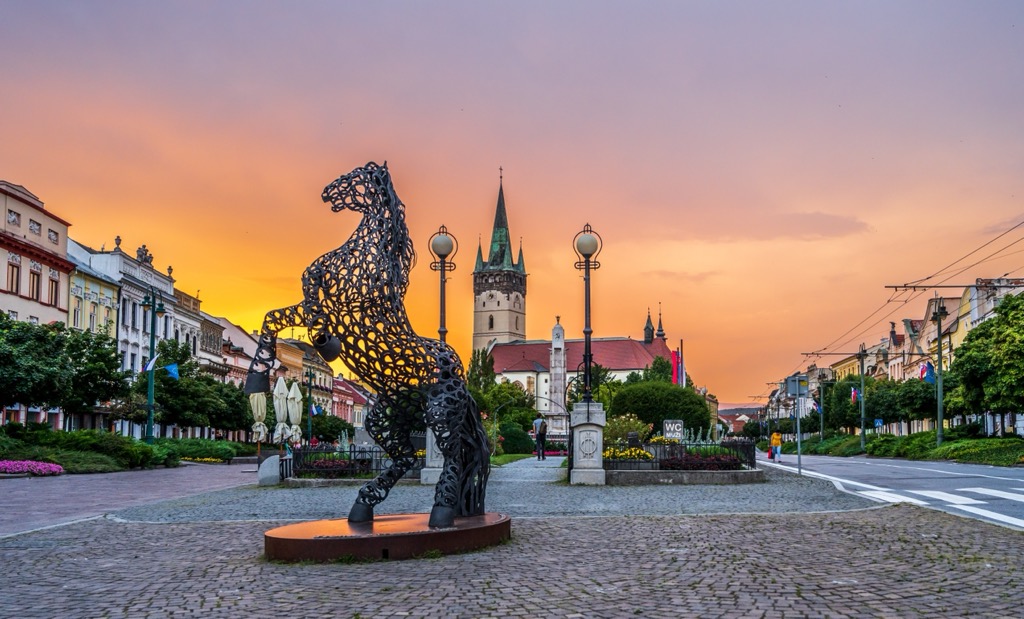
Krakow, one of Poland's oldest and most culturally significant cities, is located in the southern part of the country and is the closest major city to the Tatra Mountains. Home to approximately 770,000 residents, it boasts a rich history dating back over a thousand years. It is known for its well-preserved medieval core, including the UNESCO-listed Krakow Old Town, St. Mary's Basilica, and Wawel Royal Castle.
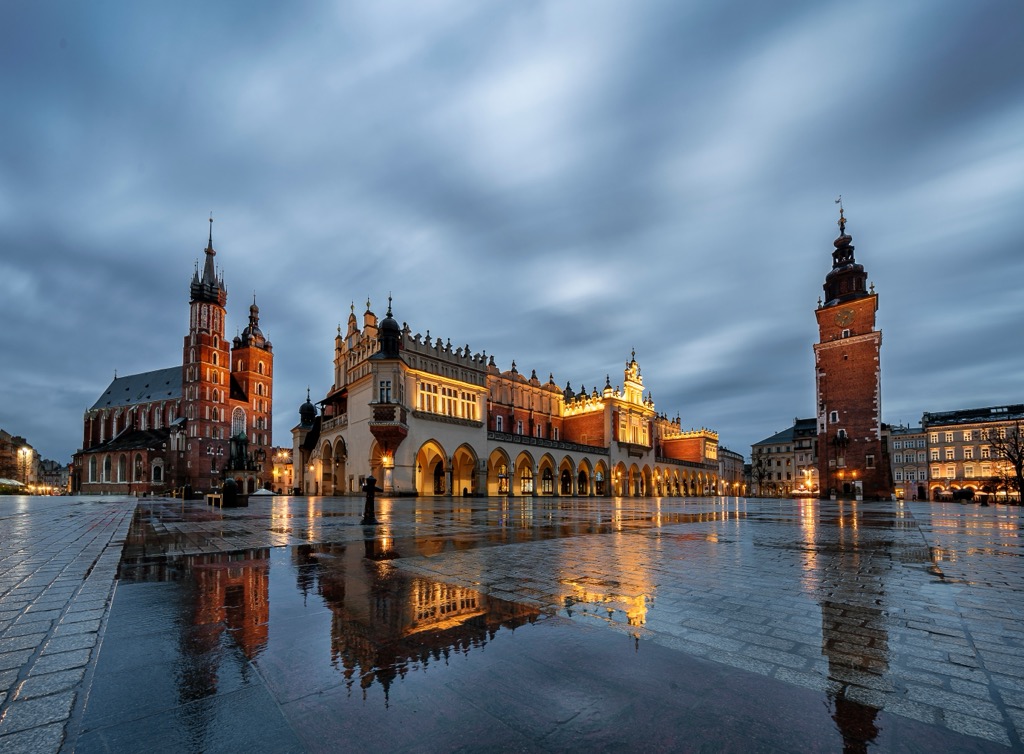
Explore Belianske Tatry with the PeakVisor 3D Map and identify its summits.








